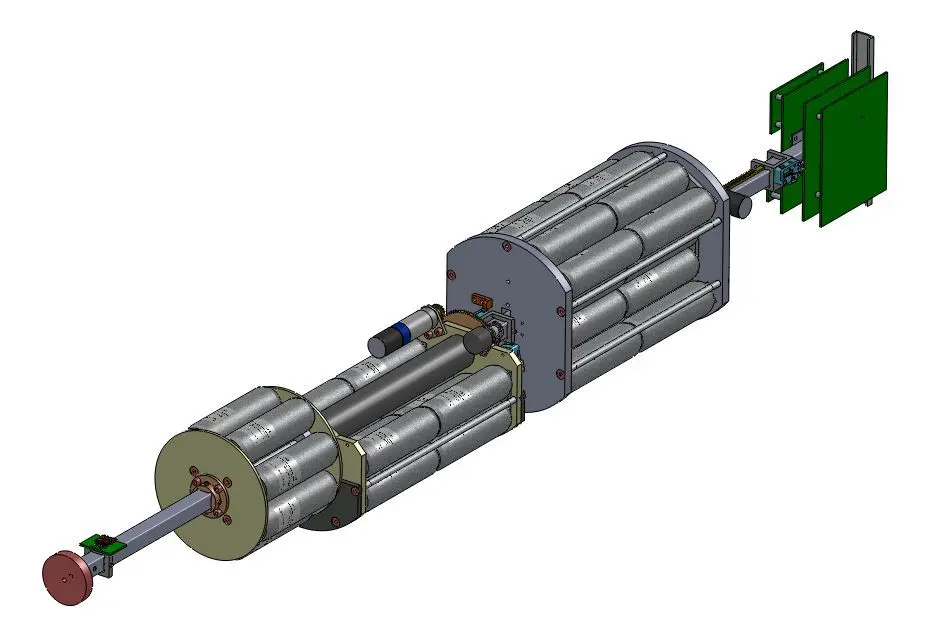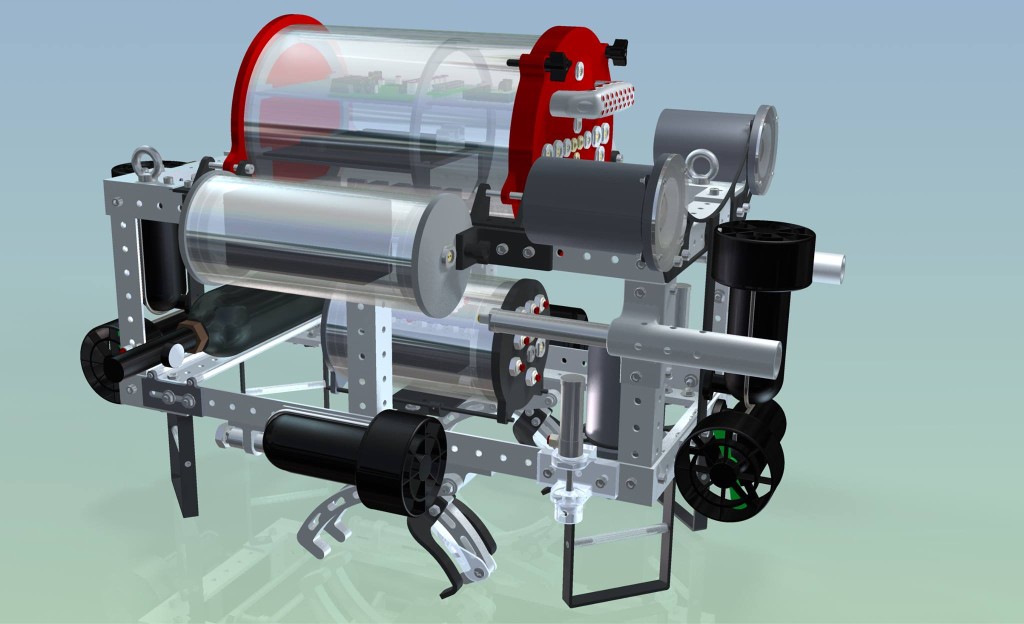Autonomous Aquatic & Marine Systems
Aquatic and marine robotics encompasses the development and application of robots designed to operate in underwater environments, including remotely operated vehicles (ROVs) and autonomous underwater vehicles (AUVs), for tasks like exploration, research, and infrastructure inspection.
Here's a more detailed explanation:
What are Aquatic and Marine Robots?
- Definition:
Aquatic and marine robots are specialized robotic systems designed to function in aquatic or marine environments, including oceans, lakes, rivers, and other bodies of water. - Types:
- Remotely Operated Vehicles (ROVs): These are unmanned underwater vehicles controlled remotely by an operator on the surface or in a submersible. They are tethered to a vessel, allowing for real-time control and data transmission.
- Autonomous Underwater Vehicles (AUVs): Unlike ROVs, AUVs are pre-programmed to operate autonomously, meaning they can travel, gather data, and perform tasks without direct human intervention.
- Remotely Operated Vehicles (ROVs): These are unmanned underwater vehicles controlled remotely by an operator on the surface or in a submersible. They are tethered to a vessel, allowing for real-time control and data transmission.
- Applications:
- Ocean Exploration: Robots can explore deep-sea environments that are too dangerous or difficult for humans to access.
- Research: They can collect data, monitor marine life, and study ocean ecosystems.
- Infrastructure Inspection: Robots can inspect underwater pipelines, cables, and other infrastructure.
- Maintenance: They can perform tasks like cleaning ship hulls or repairing underwater structures.
- Search and Rescue: They can be used to locate and recover objects or personnel in underwater environments.
- Environmental Monitoring: They can monitor water quality, pollution levels, and other environmental factors.
- Ocean Exploration: Robots can explore deep-sea environments that are too dangerous or difficult for humans to access.

Power Transmission System

Payload Section - With Oceanographic Units
